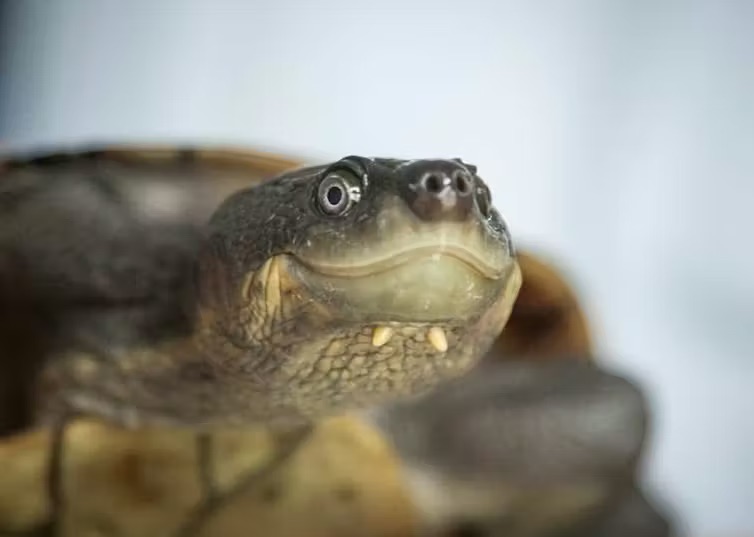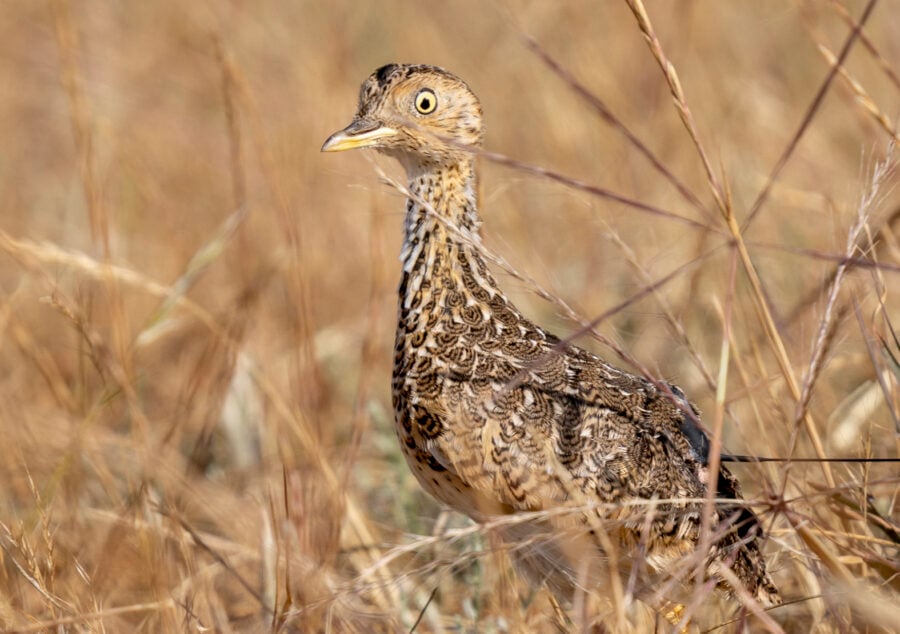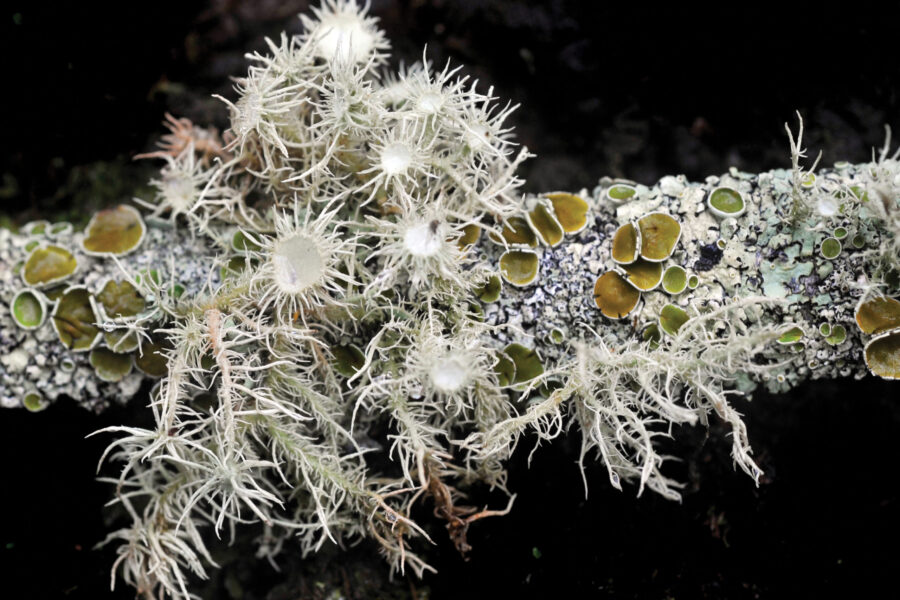A baby bilby boom has been recorded in south-west NSW for the first time in a century
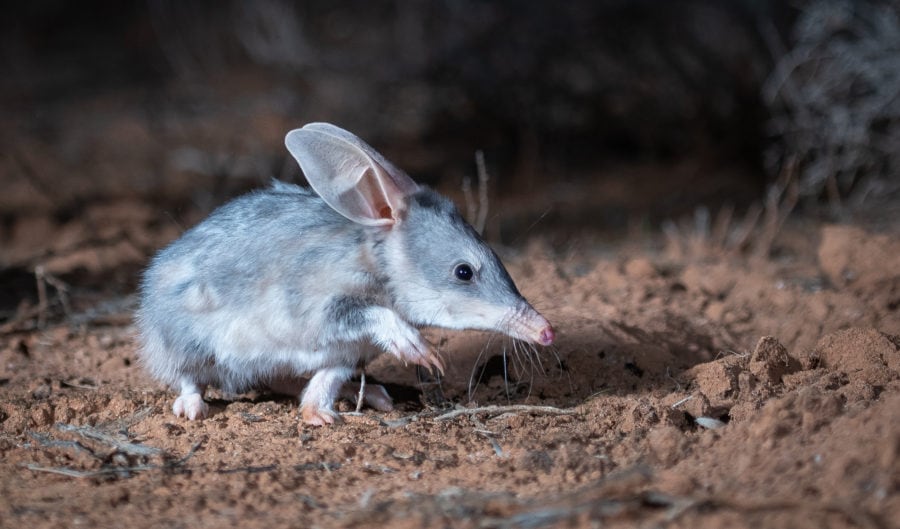
ECOLOGISTS HAVE recorded the first batch of greater bilby joeys in south-east New South Wales for the first time in over a century.
The red dirt plains of Mallee Cliffs were once home to the bilby, but predation by feral cats and foxes wiped them out from the area.
Last year, 50 adult bilbies were released into a feral predator-free breeding area at Mallee Cliffs by the Australian Wildlife Conservancy (AWC) and the NSW Government as a part of the Saving Our Species program.
Routine surveys to monitor population health discovered an all new generation of bilbies, sparking hopes for the species future.
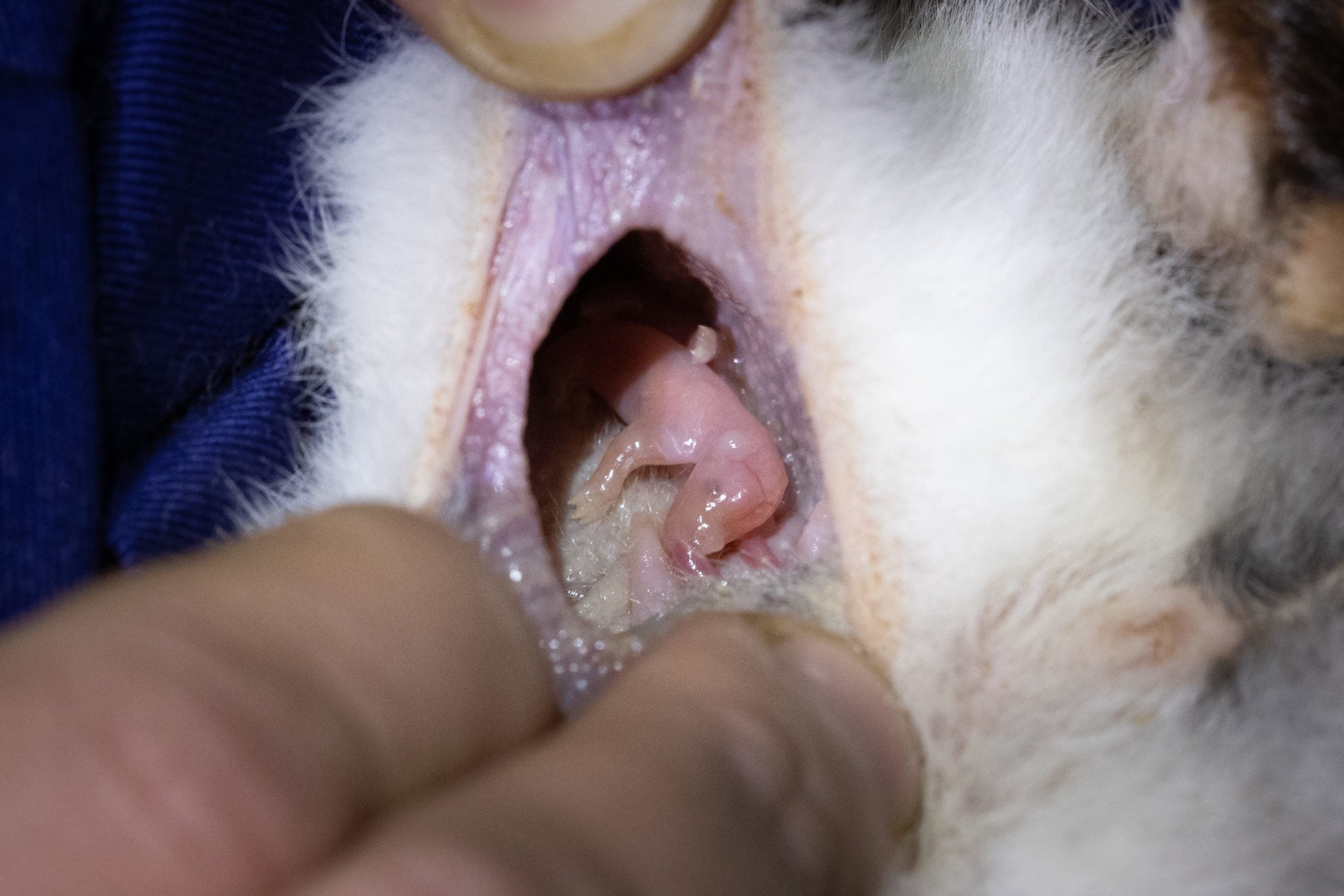
“When we brought bilbies back to Mallee Cliffs, there were 17 pouch young which were not marked for identification, and 50 adults,” says AWC Chief Executive Tim Allard.
“The exciting news is that our ecologists captured 53 individuals during the last survey and 21 were not marked, meaning that some of them were conceived and born at Mallee Cliffs.”
In addition to the conservation area at Mallee Cliffs, AWC has also released bilbies and other regionally extinct animals into the Pilliga National Park, north-east of Mallee Cliffs.
Combined, the two predator-free areas represent an ambitious rewilding program., which ecologists hope will result in 10 regionally extinct and nationally threatened mammal species returning to NSW.
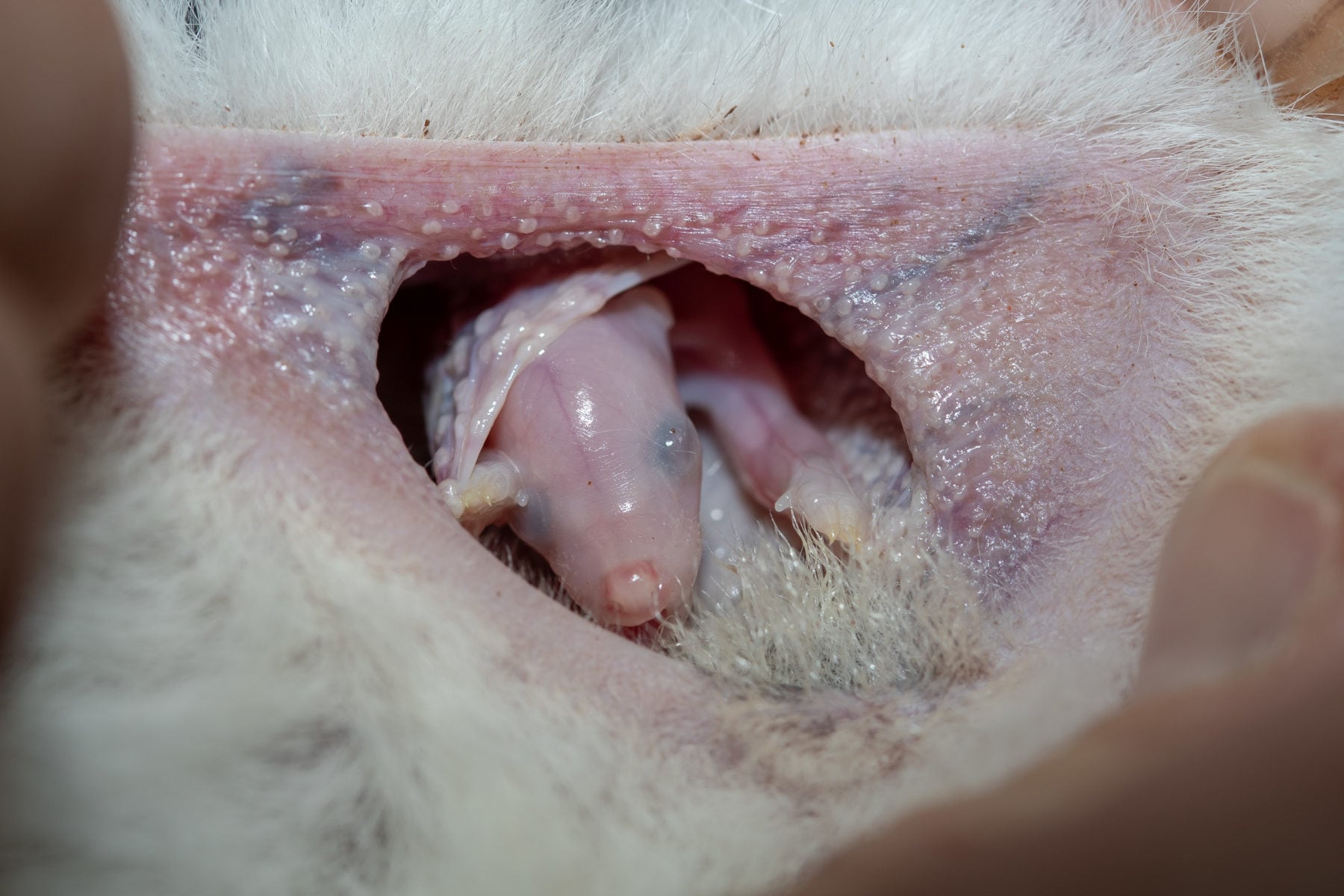
“Without the threat of feral cats and foxes, we expect that all of the locally-extinct species that AWC and the NSW National Parks & Wildlife Service are returning to Mallee Cliffs and the Pilliga will be able to establish footholds in NSW once again,” Tim says.
The bilbies will eventually be released into a 9570-hectare fenced zone at Mallee Cliffs that is set to become the largest feral predator-free safe-haven on mainland Australia.
